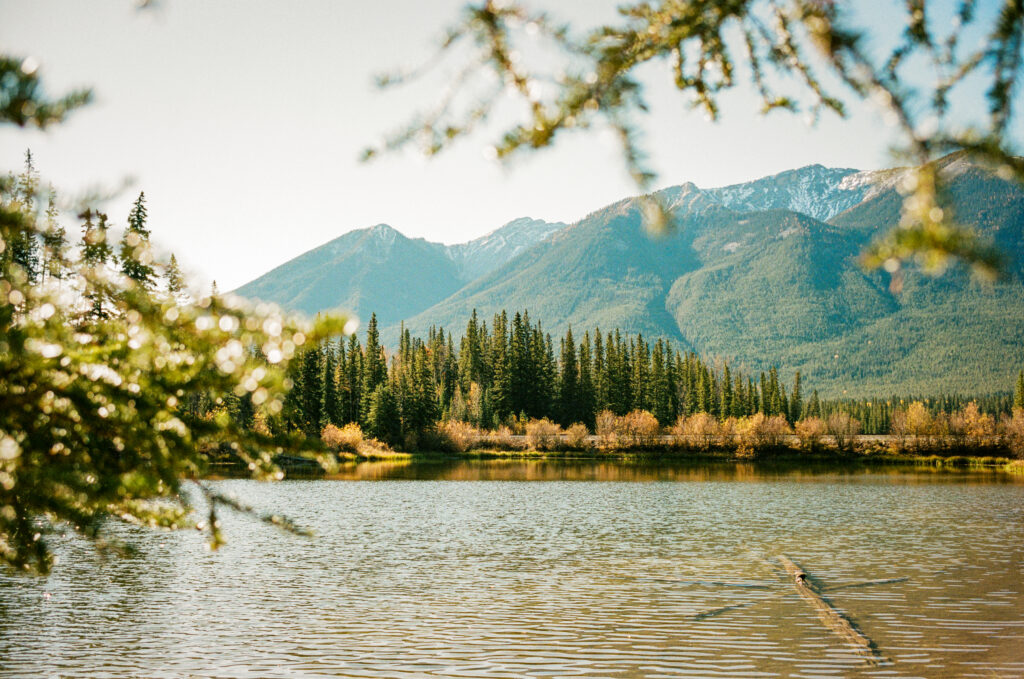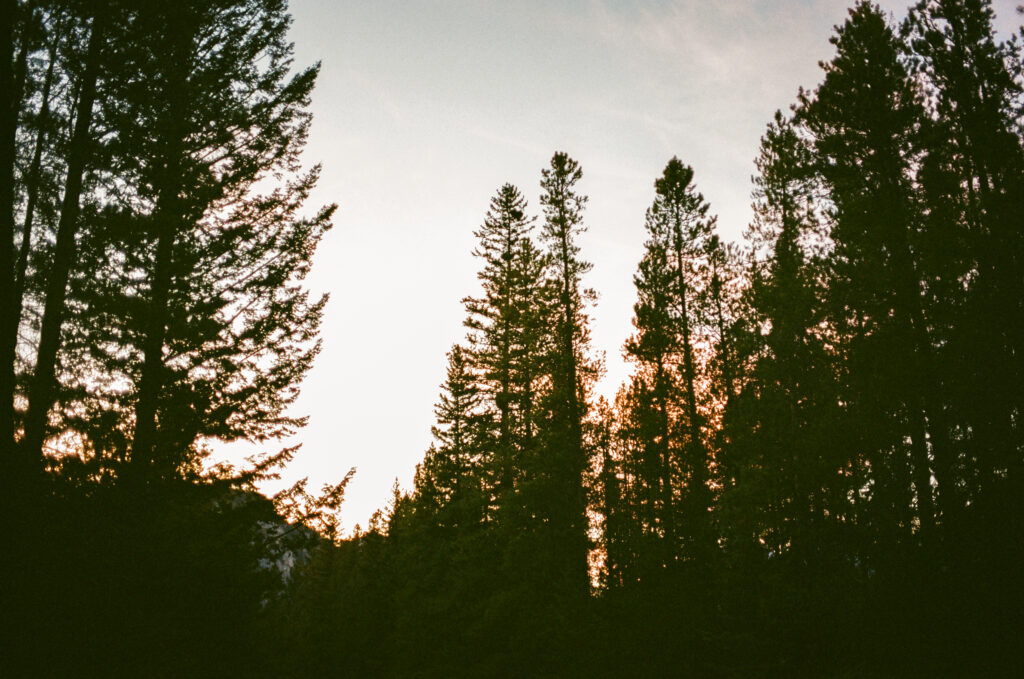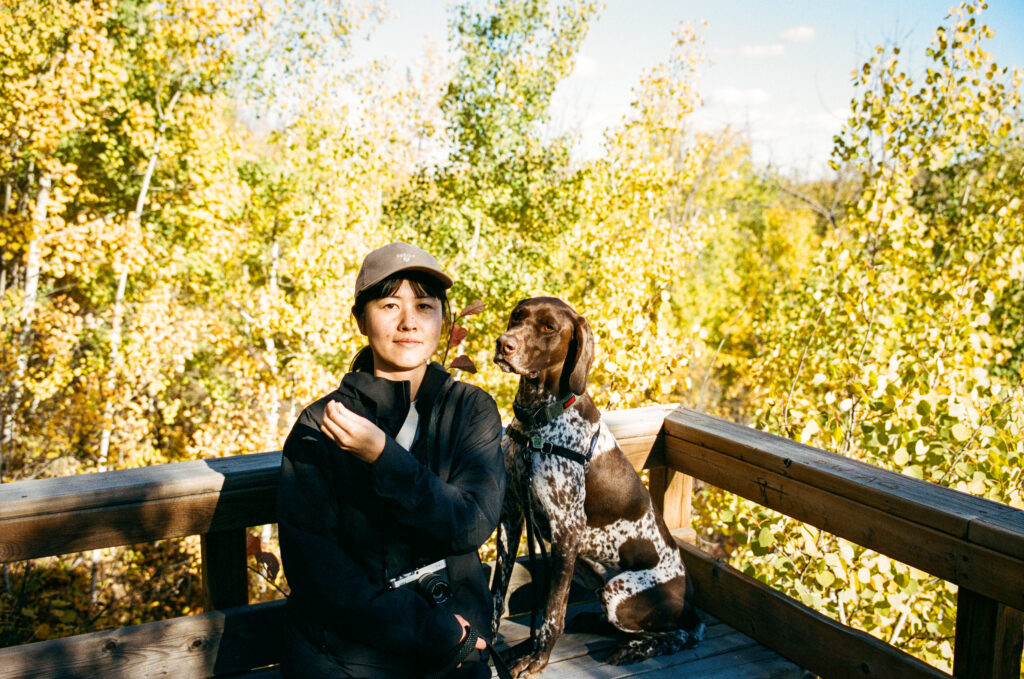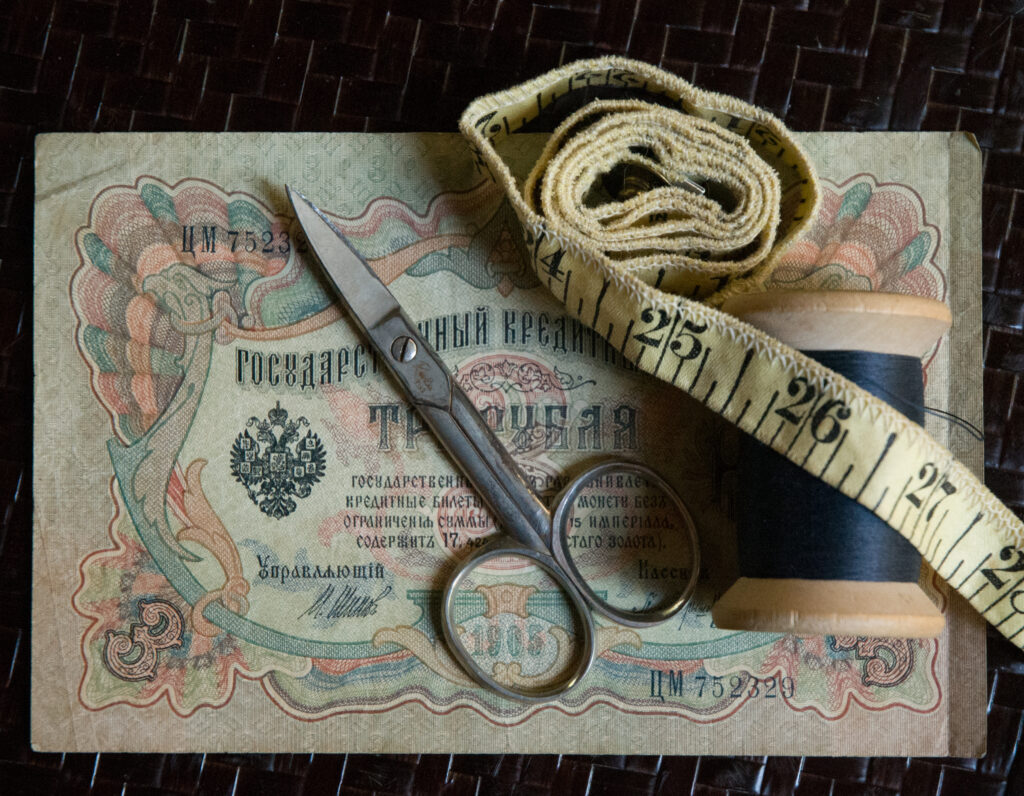Having shot purely digital for well over a decade, I find myself more and more drawn to the analog process and aesthetic of the film medium. This hankering for a more organic and thoughtful approach has been inspired over the years by the likes of Greg Girard, Saul Leiter, Ernst Haas, Winogrand, Moriyama, Gruayert, Andrei Tarkovsky… the list goes on. Without diving in too deep, this can likely be whittled down to a longing for the wistful and nostalgic – or the hazy scenes of an imperfect time-long-past. Whatever it is, the substance is there. So much so that over the years I’ve worked endlessly to recreate the film aesthetic in my digital workflow. Numerous film simulations and presets were the result of trying to add character and, for lack of better word, substance, to the all too-perfect world of digital. Nevertheless, there was still something missing and a part of me needed more. The synthetic, digitized film look – albeit perfected – wasn’t fooling me and the longing for authenticity and that unreproducible imperfection, was all still there, as strong as ever, if not more so.

As such, I’ve decided to bridge the gap completely and as of last month, I’ve axed the digital kit and moved on to a dedicated film workflow. I sold my Fujifilm mirrorless kit, namely the trusty X-T3 with a number of XC and XF lenses, along with 2024’s most coveted and unobtainable camera, the X100VI. What better way than to dive right in? Portability and intuitive zone focusing capability have become priority over time, which was made even more evident during my time with the X100VI’s excellent APS-C X-Trans V crop sensor paired with Fujinon’s fixed 23mm F2 lens (another post or two regarding that great little camera will surely follow). A rangefinder camera with reliable built-in metering was looking like the ticket indeed, one that could preferably be repaired and serviced if need be. With a set criteria in mind, modern Leicas surely came to mind but the inflated price point kept me searching far and wide for a suitable alternative.


Enter the seldom mentioned Zeiss Ikon, a German camera made in Japan by what used to be Cosina towards the end of the aughts, this M mount body ticks all the boxes at a fraction of the cost of a comparable Leica M6 or M7. Fate was seemingly on my side when a lightly used and near-perfect example popped up at the local camera shop, followed by a new-in-box Zeiss Biogon T* 2/35 ZM lens in the local classifieds. All in the same weekend! How could I say no? With the new rangefinder kit all sorted out and the Canadian autumn in full swing, my new film adventure could surely begin.



Loaded up on Kodak’s Portra 400 and overexposing to start, here then, are a number of photos taken during my first month of shooting film.











Thanks for reading and stay tuned for more to come.
You can find me on Instagram
– P
Share this post:









Comments
Erik Brammer on New Horizons and Moving Back in Time
Comment posted: 03/12/2024
what a nice kit and images! I was always after this camera myself, but an M3 plus an M2 should be sufficient in terms of M mount. Maybe you should have kept the XT-3 plus, acquire an adapted analog macro lens to allow for camera scanning of your negatives? Or how do you go about scanning?
Cheers,
Erik
Comment posted: 03/12/2024
Phil Harrison on New Horizons and Moving Back in Time
Comment posted: 03/12/2024
Comment posted: 03/12/2024
Christian on New Horizons and Moving Back in Time
Comment posted: 03/12/2024
Comment posted: 03/12/2024
Arthur Gottschalk on New Horizons and Moving Back in Time
Comment posted: 03/12/2024
Comment posted: 03/12/2024
Gus on New Horizons and Moving Back in Time
Comment posted: 03/12/2024
I was also fortunate to pick up my dream camera, the Zeiss Ikon, at our local-ish camera store and have been really enjoying it! It was my first rangefinder, so I goy the CV 40mm f/1.4 (a spectacular lens at f/2 and beyond!) with the 50mm frame lines to give myself some margin for (framing) error.
Comment posted: 03/12/2024
Tony Warren on New Horizons and Moving Back in Time
Comment posted: 03/12/2024
Comment posted: 03/12/2024
Paul Quellin on New Horizons and Moving Back in Time
Comment posted: 03/12/2024
Comment posted: 03/12/2024
JC on New Horizons and Moving Back in Time
Comment posted: 04/12/2024
I'm shooting analogue SLR cameras ( Canon, Minolta, Pentax, Praktica, Konica ) with so much fun. The next year i will try a rangefinder, Voigtländer Vitomatic IIb or Voigtländer VF 101.
Comment posted: 04/12/2024
Jeffery Luhn on New Horizons and Moving Back in Time
Comment posted: 04/12/2024
A very nice group of images, indeed. The first couple of landscape shots are glorious.
I gave up on film around 2005 because digital was cheaper to shoot, and most commercial clients wanted digital files. I'm sad I sold my Hasselblad Super Wide! Too expensive to replace now.
When I started teaching a B&W film class at college, I had access to a darkroom. I jumped in with both feet! The Zeiss folding cameras are so fun to shoot with, and nothing beats Zeiss lenses. I still teach digital photography, but I enjoy the film process more. It's like the difference between a synthesizer and a wooden instrument.
Jeffery
Comment posted: 04/12/2024
Alexander Seidler on New Horizons and Moving Back in Time
Comment posted: 04/12/2024
Comment posted: 04/12/2024
Ben Garcia on New Horizons and Moving Back in Time
Comment posted: 06/12/2024
Comment posted: 06/12/2024